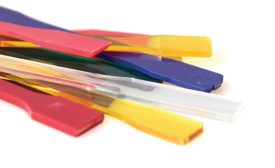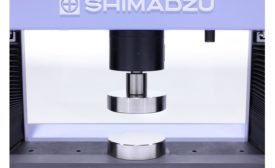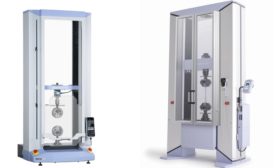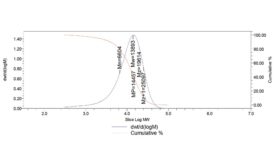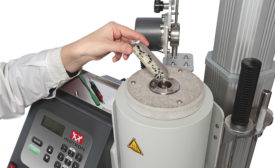Home » Keywords: » plastics analysis
Items Tagged with 'plastics analysis'
ARTICLES
Mechanical properties describe the material’s reaction to an applied force, such as tension, compression, and impact.
Read More
Back to Basics: Compressive Testing for Rigid Plastics
An expert discuses compressive test methods and ASTM D695.
May 1, 2018
Back to Basics: Flexural Testing for Plastics
A look at flexural test methods and ASTM D790
March 1, 2018
Plastics Testing: Are You Compliant?
If you’re testing plastics, it’s critical to keep up to date on your standards to ensure the most accurate and reliable results.
February 1, 2018
Analysis of a Novel Green Polymer
Collaboration can enable innovation in polymer and plastic development.
May 1, 2017
Plastics Analysis for Automotive Applications
How do we select the right material that provides the best performance and the highest quality?
September 1, 2016
Stay in the know with Quality’s comprehensive coverage of
the manufacturing and metrology industries.
eNewsletter | Website | eMagazine
JOIN TODAY!Copyright ©2024. All Rights Reserved BNP Media.
Design, CMS, Hosting & Web Development :: ePublishing
